Learn a new Ukulele chord every day of the year. The chord for February 24th is A+.
Learn a new Ukulele chord every day of the year. The chord for February 24th is A+.
Augmented chords ( aug or + ) are neutral chords with all the notes of the chord being an equal distance apart, a major third. Any note of the chord can be the root or letter name of the chord. The root will determine the names of the rest of the chord. For this lesson we just went with A as the root, letter name of the chord.
Augmented Chord (+)
Augmented chords ( aug or + ) are neutral chords with all the notes of the chord being an equal distance apart, a major third. Any note of the chord can be the root or letter name of the chord. The root will determine the names of the rest of the chord. For this lesson we just went with A as the root, letter name of the chord.
An Augmented Triad consisting of 1 3 #5 of it's corresponding Major Scale based on the root of the chord. Visit and download the A Guide to Advanced Chord Series — Chord Building Chart for ALL 15 major scales and their intervals/chord tones.
Augmented triads as in today's chord do not show up in traditional major or their relative minor keys. They do show up in progressions and songs based on the Melodic Minor scale and key (rare).
Movable Ukulele Chords Lesson Series page.

 Understanding a Chord Diagram
Understanding a Chord Diagram
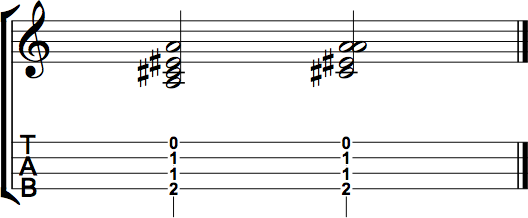
Gvariations
Additional Information
A+, an augmented chord (aug or +) is a neutral chord with all the notes of the chord being an equal distance apart, a major third. Any note of the chord can be the root or letter name of the chord.
If you “REALLY” know the notes of the ukulele fingerboard you only need an open position augmented chord and it's movable form.
Today's chords augmented chords in addition to Aaug could also have been called C#aug, E#aug or Faug. All depends on what the root is.
 Although additional fingerings are possible for many chords, fingering for any given chord depends on the science of how our fingers work and on the harmonic context the chord is being used in—what was the previous chord, and what's the next chord? The goal is to play all the notes right behind the frets when possible. Remember, longer fingers can reach the lower strings better, and finger two can stack on finger three, and finger three can stack on finger four.
Although additional fingerings are possible for many chords, fingering for any given chord depends on the science of how our fingers work and on the harmonic context the chord is being used in—what was the previous chord, and what's the next chord? The goal is to play all the notes right behind the frets when possible. Remember, longer fingers can reach the lower strings better, and finger two can stack on finger three, and finger three can stack on finger four.- 0 3 0 4.

Related Lessons, Videos, Lesson Series, Songs, Books & Reference Charts, Resources & Assets, Workshops are below.
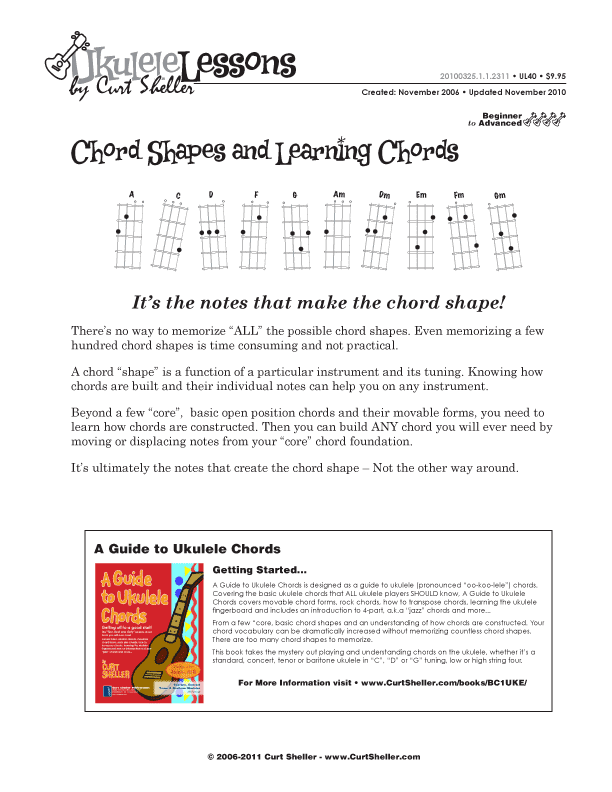
Pick up any chord dictionary, and one thought that should go through your mind is - TOO MANY CHORDS There is now way to memorize all those shapes. It would be better off learning how they came up with all those shapes. Most chord dictionaries are also just like pages transposed to all possible keys.

A series of weekly ukulele lessons originally presented throughout 2007 on movable ukulele chords as the "Ukulele Chord of The Week Series". Based on the Ukulele Chords book by Curt Sheller (me). It takes the open position chords and shows the movable form and the variations.
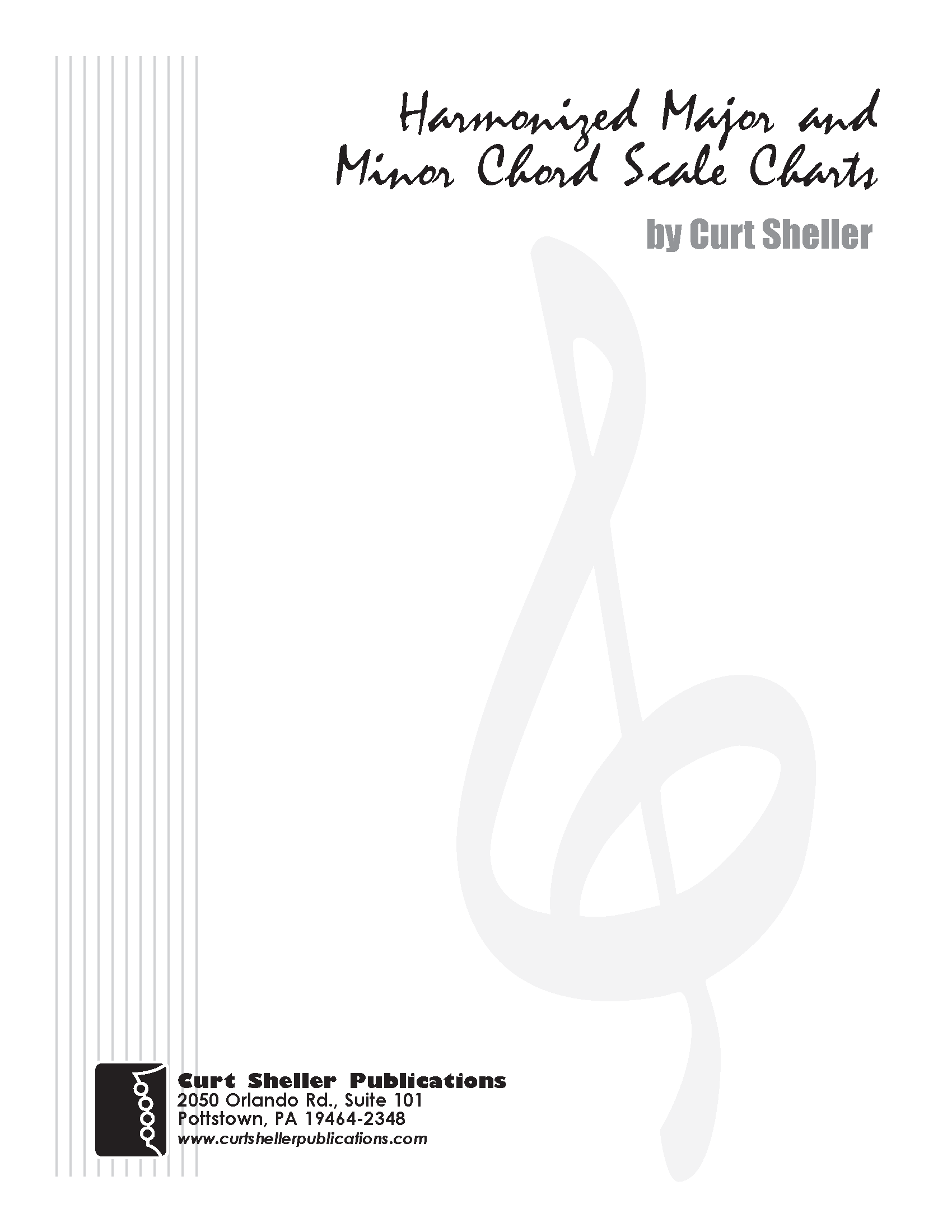
The "Major Scale" or Ionian scale is a diatonic scale, made up of seven distinct notes, plus an eighth which duplicates the first one octave higher. In solfege these notes correspond to the syllables Do, Re, Mi, Fa, Sol, La, Ti/Si, (Do), the Do in the parenthesis at the end being the octave of the root.

"Transposition" is the process of moving a note, chord, scale or any musical passage from one key to another key. All music can be transposed, from a single note to a complex musical score. This lesson deals with transposing chords on ukulele and transposing chords.


return in your investment)—it is this— learning the
f*ckingnotes of your OWN instrument. Sorry for the tough talks—but it is sooooo true!


Learn to read single note melodies in the first/open position is a lot easier than you might think. Book: Ukulele – Reading Music Series – Primer

An organized collection of daily practice and reference material for the contemporary ukulele player for developing the vocabulary and knowledge necessary for single note playing. Book: Daily Practice Material for the Contemporary Ukulele
Checkout the Books & Reference Charts for additional Handy, Dandy Reference Charts.

Ukulele Fingerboard Chart for C Tuning, Low or High G – G C E A

Ukulele Fingerboard Chart for G Tuning, Low or High A – D G B E

A handy reference chart of all 15 major and relative minor key signatures. US Letter 8.5 x 11 sized (ANSI-A) , A4




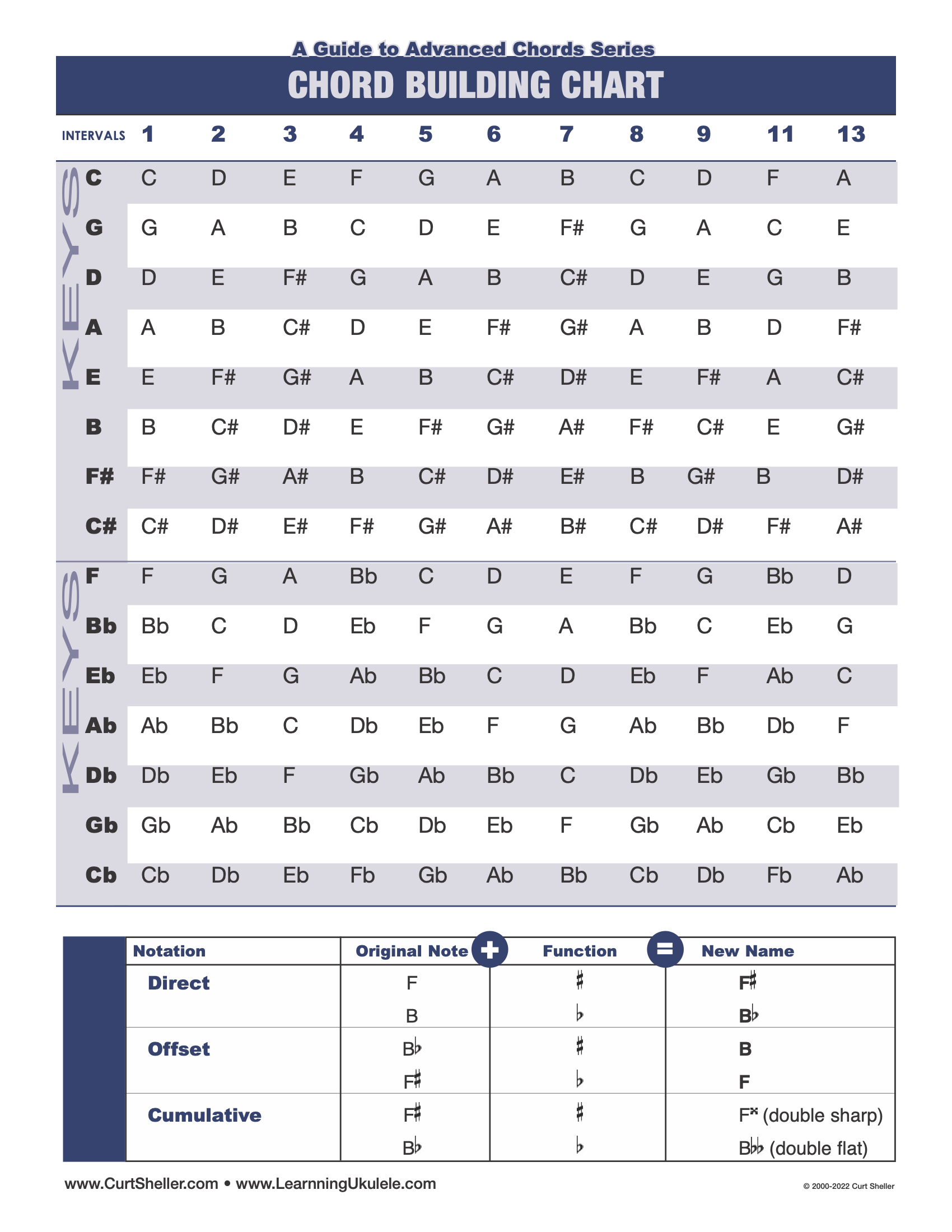
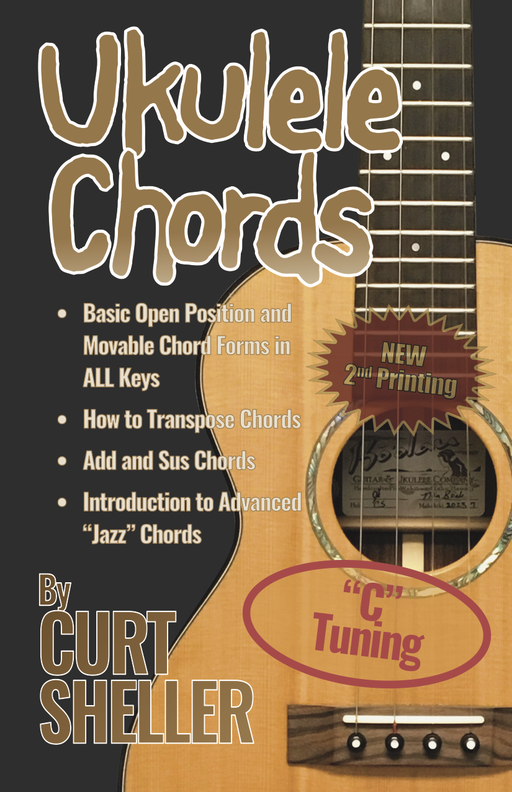
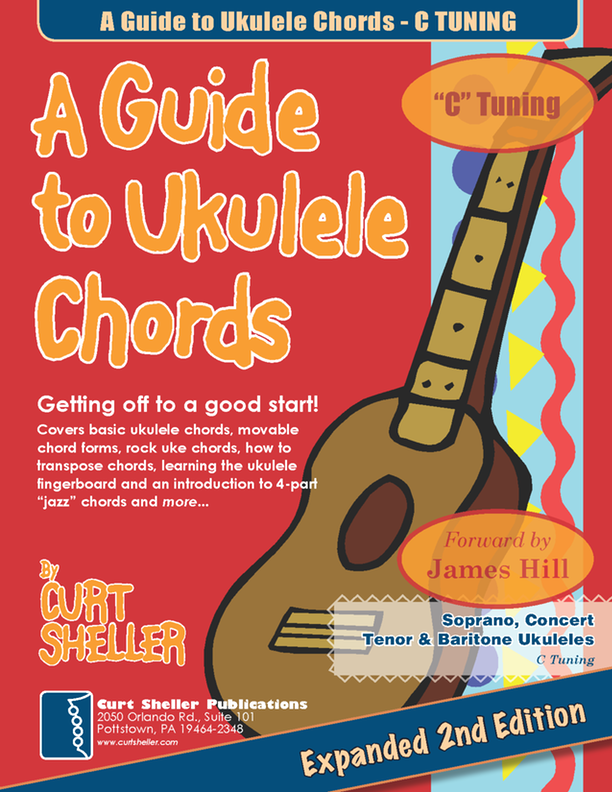
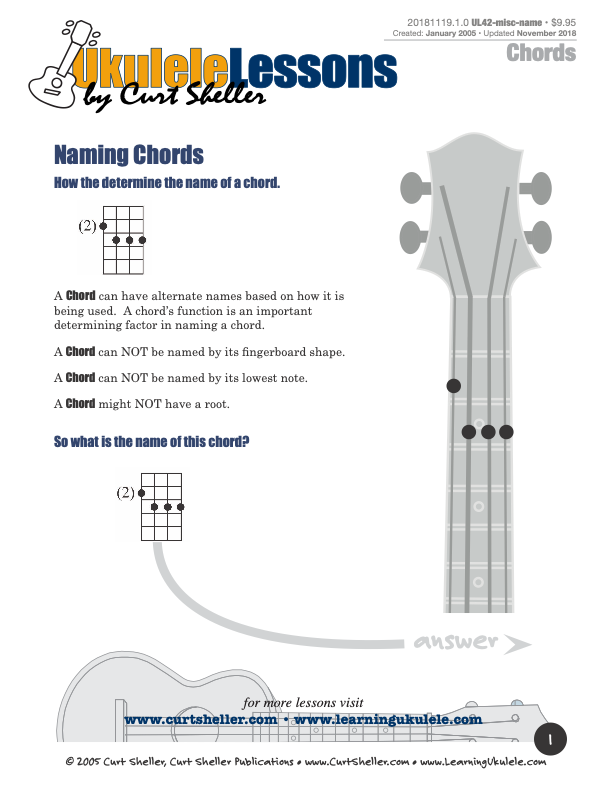


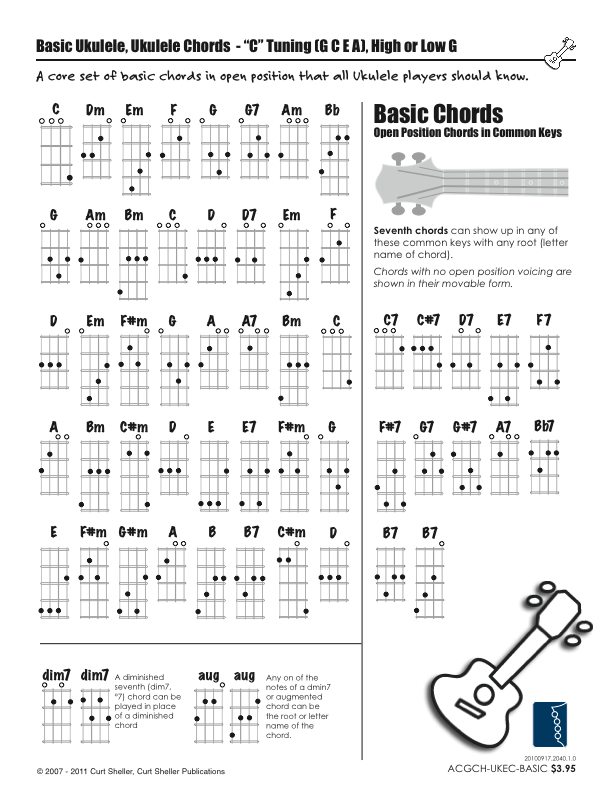
.jpg)